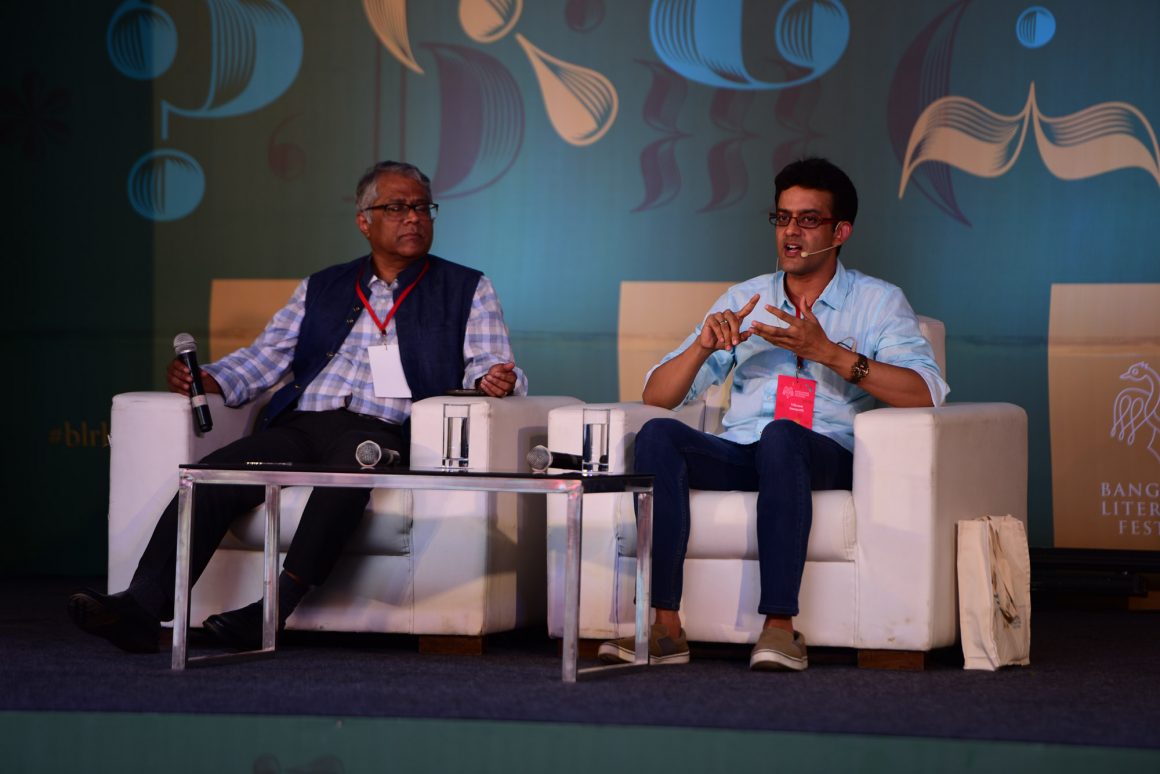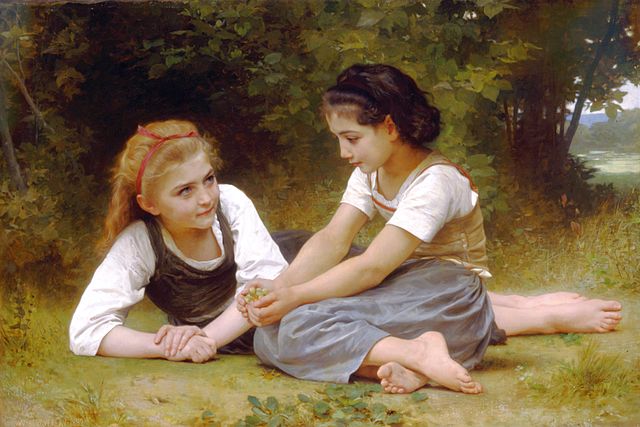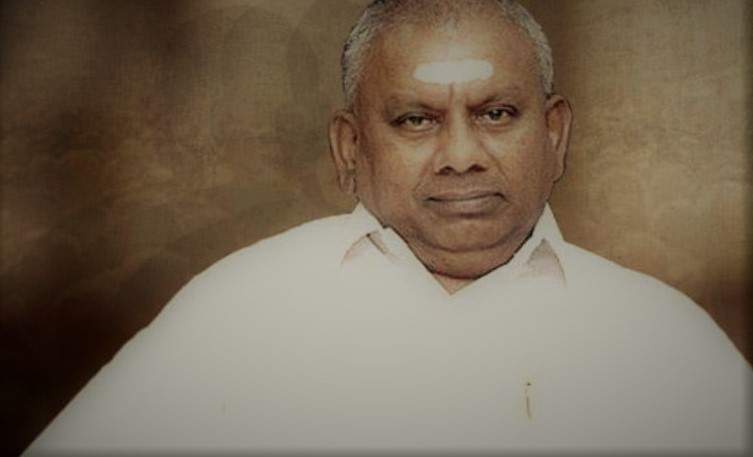
The golden years… When life has become a blurry montage of experiences, often tempered by patience in the face of obstacles and compromise in the midst of complexities, a different breed of senior citizens decides that it’s time to chase unfulfilled dreams. Veena Baruah’s retirement from her teaching job at Juhu’s Maneckji Cooper School got her thinking, “What is my unfulfilled dream, what can I do, what will give me satisfaction?” For many, retiring after decades of working years brings about a lifestyle change combined with elderly ailments. The routine likely maintained daily for decades of professional life suddenly requires re-scheduling.

Surjit Kaur joined Terence Lewis Dance Academy’s senior citizen classes, “I really wanted to learn dancing, you know, properly.” Among her proudest moments among various public performances is an appearance in Shah Rukh Khan’s Happy New Year promotional TV show. Since retiring, Surjit has begun participating in marathons such as Mumbai-Pune marathon, and in talent shows such as Umang.

The Silver Innings foundation and its annual talent festival for senior citizens, Umang, has helped many to shirk their inhibitions and perform in front of a cheering audience. Silver Innings founder Sailesh Mishra says, “Since 2008, we found many seniors who have left their careers, or lived their lives for their families, their society or nation… But they did not get a chance to explore their talents, their skills, their hobbies. That’s why we started Umang.”
Sailesh’s “social keeda” prompted him to leave behind 17 years as a corporate marketing executive and volunteer for the Dignity Foundation. As he realised the paucity of social welfare organisations “working for seniors”, Sailesh founded Silver Innings for elderly support and services. Silver Innings’ Umang, the Senior Citizens Stage Talent Show, has “people from 60 to 92 years participating.” Among participants, Navanita Parmar (78) has moved on to professional choreography for other senior citizens and children with disabilities.

For someone like Vaishali Joshi, dreams re-surface before retirement. A classical singer and an ex-Senior Accounts Officer with the Central Government, Vaishali, “passed Visharad in Hindustani Classical Music in 2004, when I was working only.” With retirement, personal goals emerge out of the shadows, put aside earlier for the hum-drum of monotonous work routines. Vaishali, who joined organisations such as “Senior Sobati and bhajan classes” post-retirement, found that senior citizen forums also provide the opportunity to explore hidden talents and unfulfilled interests. And the silver lining appears…Time to finally focus on personal goals and dreams, without the baggage of family or children.

For Shibani Bagchi, it means having the time to pursue her Masters in Social Welfare towards her PhD dream: “I want to work for children and women from the disadvantaged communities, and try to contribute towards bettering their lives in whichever way I can.”
Those who are not yet ready to part ways with their careers often search for job opportunities with service providers such as HUM Communities and NotRetired.in. Familial pressure, which extends to being the family’s primary care giver, often drives life choices for many, and retirement offers the perfect spark to re-ignite unfulfilled dreams. As Veena reminisced about her youthful desire to act, she was reminded that “my parents, my father especially, wouldn’t allow it.” When she finally decided to send a few photographs to a model coordinator, it took nearly 6-8 months to receive a callback, and the offers began pouring in. Of course, she hasn’t looked back since.
According to the United Nations Population Fund’s “India Ageing Report” (2017), the global elderly population will be approximately 2 billion, accounting for 20% of India’s population. While organisations such as the Dignity Foundation have been working for elderly care since the 1990s, a recent spurt of senior citizen forums include community-driven platforms like Parikrama and Silver Surfers. With the support of social welfare professionals, retirees such as Ramgopal Cancherla (69) find new avenues to spend their time. The former Head Sales & Marketing at Sanofi-Aventis, Ramgopal, has become a laughter coach.

Spare time in post-work years trigger unexplored hobbies. Since retirement, podcaster and former Corporate Communications manager at ICICI Bank, Hira Mehta has already authored “Twisted Tales and More…” in her 50s, made short films like The Selfless Soldier, and even pursued her acting dream in short films including The Blue Helmet.
Sailesh says, “Life doesn’t end at 60! After 60, you just get retired from your job, not your life.” Many dream catchers will agree.
















